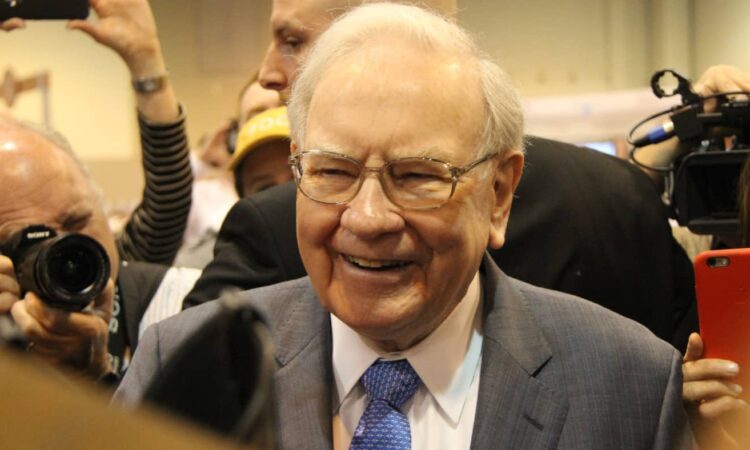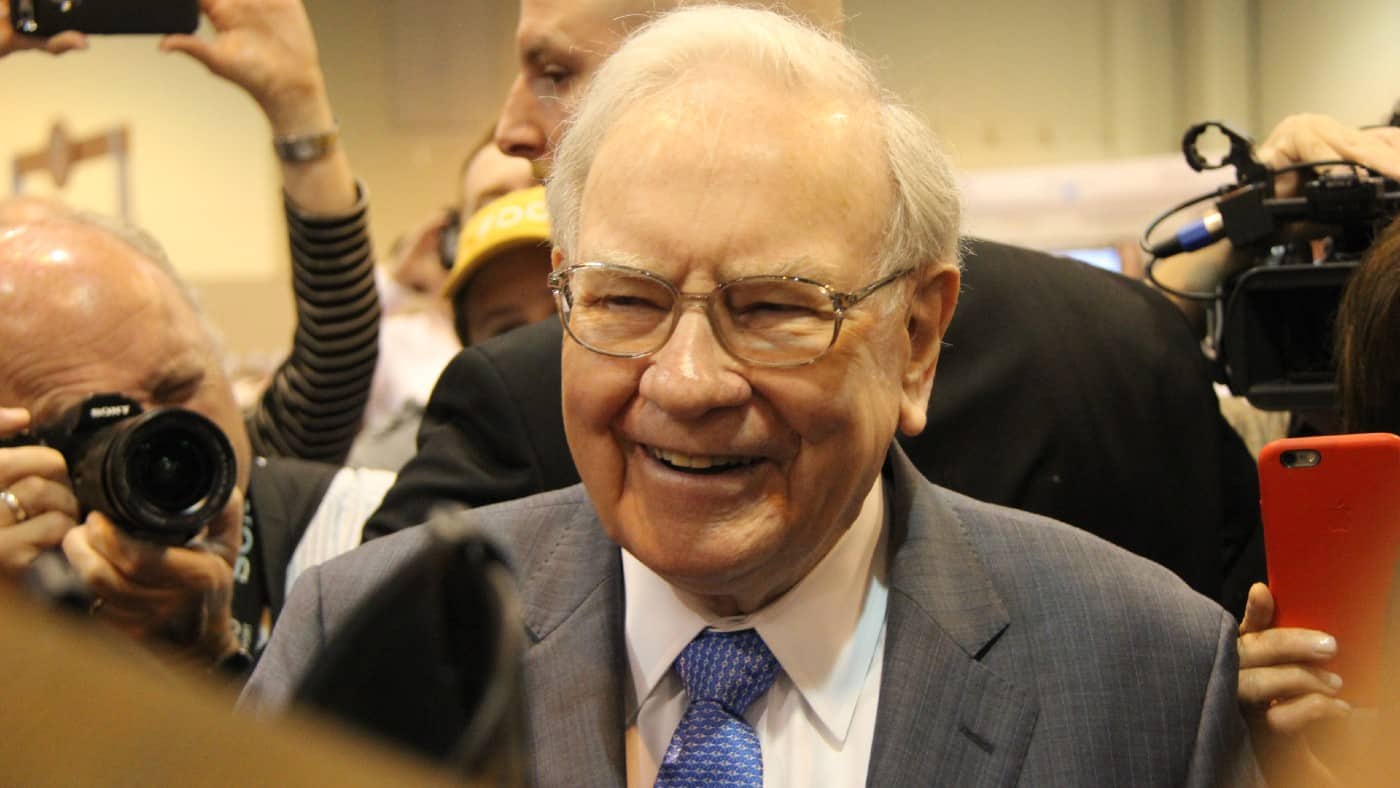

Image source: The Motley Fool
Warren Buffett is one of the wealthiest men alive today, making billions in the stock market. Yet his investing strategy isn’t all that much of a secret. After all, he’s been dropping hints and advice every year in his annual letter to shareholders.
So what exactly is his investing approach? And how can investors starting from scratch use it to build their own wealth? Let’s explore.
Spend time finding quality
Patience is a virtue. That’s true in life and in investing. With all the excitement generated by financial and social media, many investors are keen to find the next greatest opportunities as fast as possible. Yet rushing into an investment seldom ends well.
As a long-term investor, when Buffett buys shares in a business, he usually does so with the intent of holding them for years, or even decades. That’s why he always takes his time to study and analyse the company before rushing in.
Beyond checking the fundamentals, Buffett looks for mindful leadership and a wide competitive moat. Firms with a host of unique advantages can protect their market share and steal more from their rivals. But even if careful analysis reveals a firm to be one of the most well-run enterprises in the world, he still doesn’t buy shares unless the price is right.
Waiting to find the right business at the right price seems like a straightforward philosophy to follow. But in practice, it’s pretty hard to pull off. After all, when a stock on a watchlist is thriving with a surging share price, the fear of missing out creeps in, luring investors into one of many emotional traps.
Even Buffett has been caught off-guard throughout history, openly admitting his mistakes. That’s why it’s critical to remember that regardless of an investor’s experience and skill, there is never a guarantee of success. But through smart capital allocation and portfolio diversification, some of this risk can be managed and mitigated.
Buffett’s margin of safety
Sticking to companies that are effortless to understand makes analysing the financials and internal performance significantly easier. In fact, Buffett is notorious for only exploring industries that he firmly understands.
However, things get a bit trickier when it comes to finding the right buying price. Why? Because at the heart of intrinsic valuation lies forecasting, a process riddled with uncertainty.
In oversimplified terms, corporate valuation requires an analyst to make predictions and assumptions about future growth. This is used to project future cash flows that are then discounted back to present-day value to arrive at an estimated fair share price.
No matter the analyst’s skill, the price per share produced by a discounted cash flow model will always only be an educated guess that’s often wrong. That’s why Buffett also applies something called a margin of safety.
Based on a company’s risk profile, the estimated intrinsic value per share is reduced by a certain percentage. That way, if Buffett overestimates the value of a business, this risk factor is mitigated.
Ultimately, over 95% of the companies Buffett and his team look at are culled from consideration. It’s a time-consuming and ruthless process. But it’s also what’s enabled him to reach a net worth of over $107bn.





